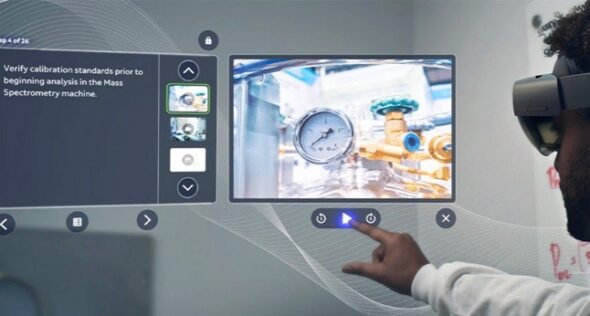The main types of displays include LCD, LED, OLED, and other variants. Each offers specific advantages and limitations. Below are the most common current technologies, their characteristics, and the differences between reflective, transmissive, and transflective displays.
Optical Types of Displays
- Reflective: do not emit their own light and rely on ambient light to display information, usually as black characters on a light background. Commonly used in low-power devices such as digital watches or outdoor instruments.
- Transflective: partially transparent to light. Can operate with or without backlighting. In bright environments, they use natural light, while in low-light conditions the backlight is activated.
- Transmissive: always require backlighting for visibility. These are the most widely used displays, found in smartphones, tablets, monitors, and industrial control systems.
LCD, LED, OLED, and Other Technologies
- LCD (Liquid Crystal Display): do not produce their own light. Liquid crystals alter the direction of polarized light under the influence of an electric field. Used in battery-powered devices such as digital watches or portable measuring tools, they may include optional backlighting.
- LED (Light Emitting Diode): generate their own light using light-emitting diodes. Commonly used in clocks, control panels, and industrial systems. They remain readable even in bright environments.
- OLED (Organic Light Emitting Diode): made from thin-film organic semiconductors. They are flexible and do not require backlighting, allowing the creation of lightweight and foldable screens.
- Quantum Dot: a modern display technology using blue backlighting modified by semiconductor crystals to produce red and green light points. Combining the three primary colors generates a wide color range. Its main advantage is improved color accuracy, as no white backlight is used.
- HDR (High Dynamic Range): not a display type but a technology that enhances contrast and color range in images and videos.
Displays in the Industrial Sector
In industrial environments, clear and reliable display of information is essential, even under difficult operating conditions. Various types of displays are used, except for Quantum Dot, which is less common where image quality is not a top priority.
LED displays remain widely used thanks to their durability and reliability. When data input is required, touchscreens are preferred, as they combine LCD technology with a touch-sensitive layer. They provide clear visualization and intuitive control, eliminating the need for physical buttons or switches. Industrial displays must withstand dust, vibration, and dirt. They are available in various sizes, including 19- and 23-inch models, to clearly present large amounts of information. Touchscreen technology has replaced traditional control systems with buttons and switches. In addition to being easy to clean and maintain, these displays can be configured and adapted to operational needs, making them a modern and efficient solution.






